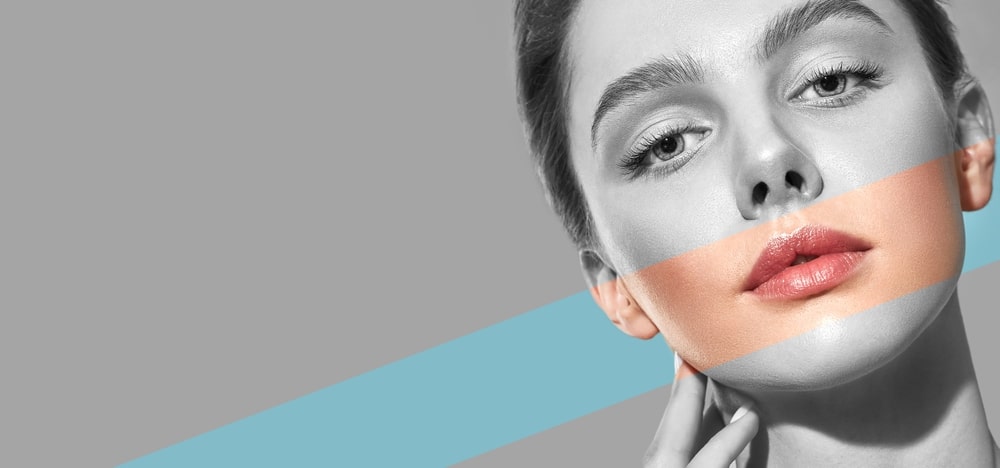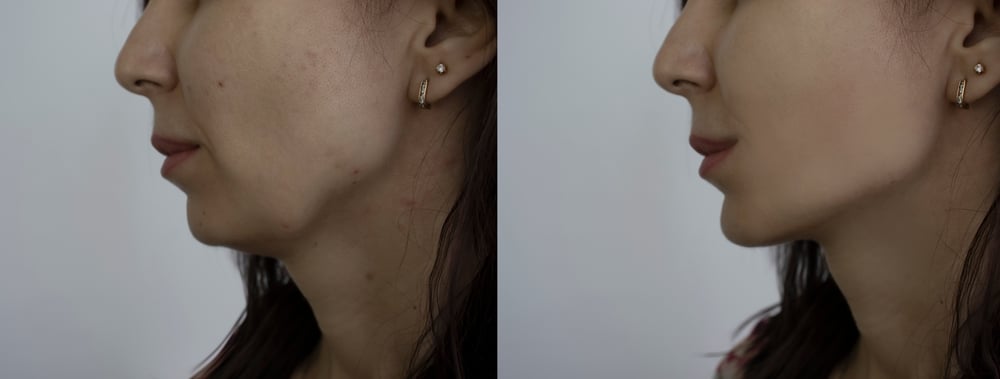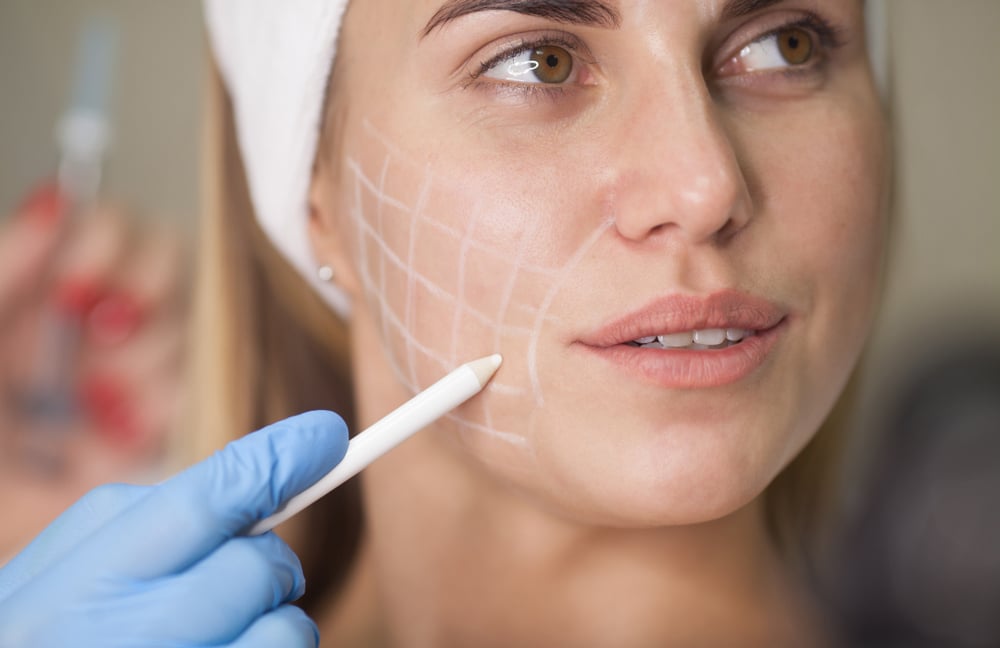A well-defined jawline and contoured lower third of the face is essential for a youthful and aesthetically pleasing appearance in both men and women. As we age, changes in bone structure, skin laxity, and fat distribution can lead to a loss of definition in the lower face and neck, negatively impacting one’s appearance. However, with advancements in non-surgical cosmetic procedures and injectable treatments, it is now possible to restore and enhance the lower third of the face without resorting to invasive surgery. In this comprehensive guide, we will discuss the various factors contributing to facial aging and the diverse treatment options available for contouring the lower third of the face.

Understanding Facial Aging
Facial aging is a complex process that involves changes at every anatomical level, including bone, muscles, ligaments, fascia, subcutaneous fat, and skin. The aging process affects the middle and lower third of the face more significantly due to the effects of gravity. Some of the factors that contribute to facial aging include:
- Bone resorption: As we age, the underlying bone structure of the face undergoes resorption, leading to a reduction in volume and changes in the shape of the jawline and chin.
- Skin laxity: The loss of collagen and elastin fibers in the skin results in reduced skin elasticity, leading to sagging and the formation of wrinkles in the lower face.
- Fat redistribution: The distribution of fat in the face changes with age, leading to a loss of volume in the mid-face and an accumulation of fat in the lower face, causing jowling and submental fat.
- Muscle atrophy: The facial muscles may lose tone and volume over time, contributing to the sagging and loss of definition in the lower face.
Assessing Individual Concerns and Treatment Goals
When planning treatment for contouring the lower third of the face, the practitioner needs to assess each patient’s individual concerns and treatment goals. This includes understanding the patient’s medical history, previous treatments, and expectations from the procedure. It is also important to consider the patient’s age, gender, and ethnicity, as these factors can influence the perception of beauty and ideal facial proportions.
Male vs. Female Facial Aesthetics
The perception of attractiveness and ideal facial proportions can vary between men and women. Generally, a well-defined jawline and chin are considered attractive features in both genders. However, there are differences in the ideal facial proportions and contours between men and women:
- Bone structure: In men, a more angular and square-shaped facial skeleton is considered more attractive, while women tend to have a more rounded and V-shaped facial frame.
- Soft tissue features: Women typically have narrower and less prominent chins and jawlines than men. The chin in women usually sits slightly posterior to the lower lip, while in men, they are more aligned.
- Facial aging patterns: Men and women also exhibit different facial aging patterns. In men, the loss of masculine features in the lower third of the face can lead to a more aged appearance. In women, the loss of volume in the mid-face and the development of jowls can result in a more masculine and aged appearance.
Anatomical Differences and Treatment Considerations
When planning treatment for contouring the lower third of the face, the practitioner needs to consider the anatomical differences between men and women. These differences can affect the treatment approach and the desired outcomes:
- Bone structures: Men typically have a more prominent mandible and a broader, more anteriorly projected chin than women, who have a smaller gonial angle (angle of the mandible) and a less prominent chin.
- Histological differences: Men and women have different skin physiology, with men having larger pores, higher sebum production, and thicker skin than women. Women also have higher relative quantities of adipose tissue in the subcutaneous layer of the skin.
- Differences in muscles: Men generally have larger facial muscles, which generate greater kinetic energy and more significant facial expressions than women.
- Soft tissue features: Women typically have smaller mouths and fuller lips than men, who have larger mouths and thinner lips. These differences can impact the treatment approach and desired outcomes.
Treatment Options for Contouring the Lower Third of the Face
There are various non-surgical treatment options available for contouring the lower third of the face, including:
- Injectable fillers: Injectable fillers such as hyaluronic acid and calcium hydroxylapatite can add volume and contour the jawline and chin. These fillers can provide immediate results and can be tailored to the individual patient’s needs and desired outcomes.
- Kybella (deoxycholic acid): Kybella is an FDA-approved injectable treatment that can help to break down and eliminate submental fat, improving the contour of the jawline and reducing the appearance of a double chin.
- Liposuction: Small-volume liposuction can be used to remove excess fat from the lower face, helping to sculpt and define the jawline and chin.
- Non-surgical skin tightening treatments: Technologies such as radiofrequency, ultrasound and laser treatments can be used to tighten and firm the skin in the lower face, improving the contour and reducing the appearance of sagging and jowling.
Conclusion
Contouring the lower third of the face is a complex and personalized process that requires a thorough understanding of facial aging, anatomical differences between men and women, and various treatment options available. By considering these factors and tailoring the treatment approach to each patient’s unique needs and desired outcomes, practitioners can help to restore and enhance the lower third of the face, providing a more youthful and aesthetically pleasing appearance.



